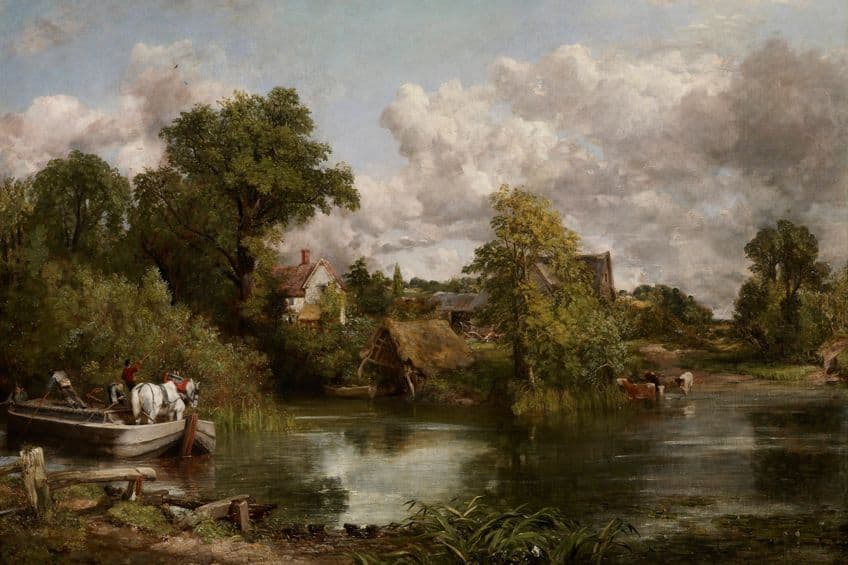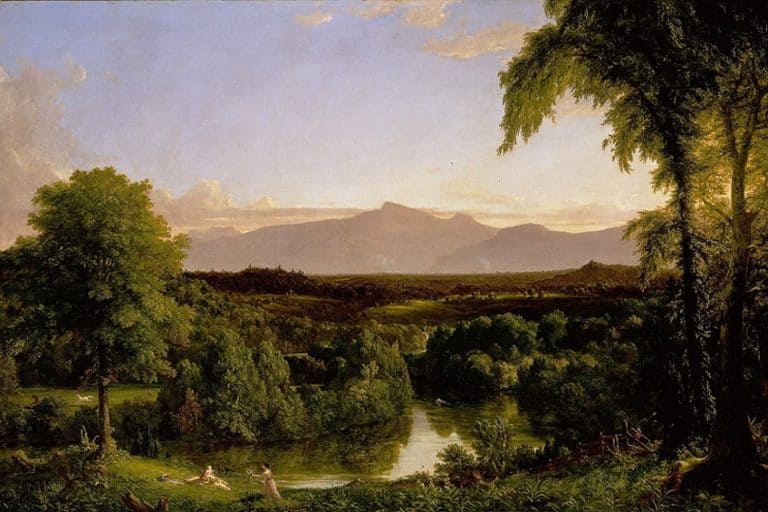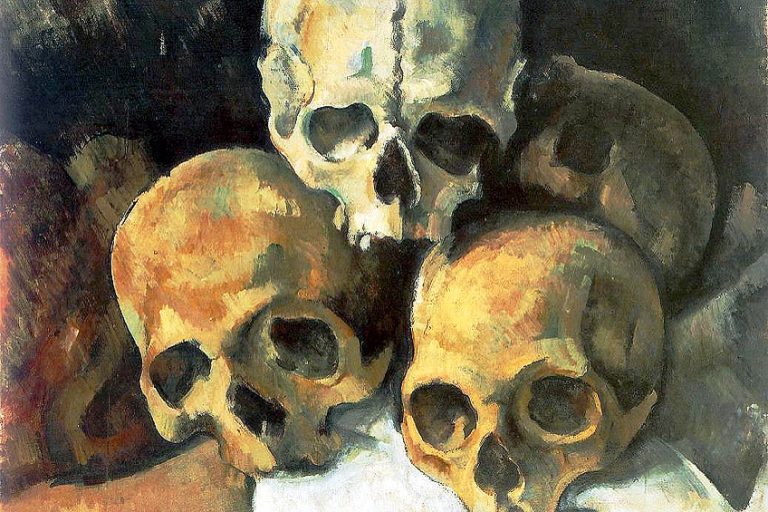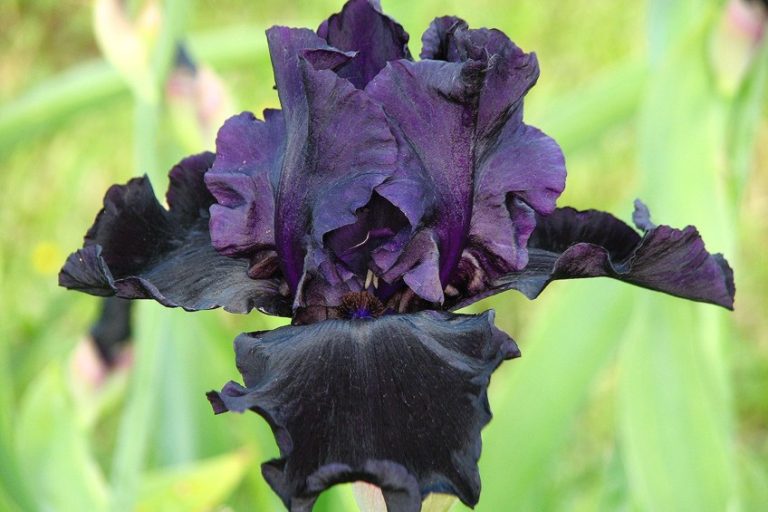“The White Horse” by John Constable – A Painting Analysis
John Constable’s The White Horse stands as a quintessential example of the artist’s profound connection to the English countryside and his mastery in capturing the sublime beauty of nature. Painted in 1819, this iconic artwork showcases Constable’s meticulous attention to detail and his ability to convey the changing effects of light and atmosphere. Set against a backdrop of rolling hills and a serene sky, the majestic white horse becomes a symbol of grace and freedom, embodying Constable’s romantic vision of rural life. Through subtle brushwork and a harmonious color palette, Constable invites viewers into a timeless pastoral scene, encouraging contemplation and appreciation for the natural world.
Key Takeaways
- The White Horse was pivotal in John Constable’s career and art style.
- The painting captures a serene rural scene on the River Stour.
- Constable’s landscapes are celebrated for their emotional depth and natural beauty.
The Life and Career of John Constable
| Artist | John Constable (1776 – 1837) |
|---|---|
| Date Created | 1819 |
| Medium | Oil on canvas |
| Genre | Landscape |
| Period/Movement | Romanticism |
| Dimensions (cm) | 131.4 × 188.3 |
| Series/Versions | Part of the “six-footers” series |
| Where Is It Housed? | Frick Collection, New York City, United States |
| What It Is Worth | Not publicly auctioned; significant cultural and historical value |
John Constable’s The White Horse is a masterpiece that showcases his skill in capturing the English countryside’s serene beauty. Created in 1819, this oil-on-canvas painting marked a pivotal moment in Constable’s career, serving as the first in a series of large-scale works known as the “six-footers.” These paintings are celebrated for their impressive size and intricate details. The White Horse not only defined Constable’s artistic style but also solidified his place in the art world.
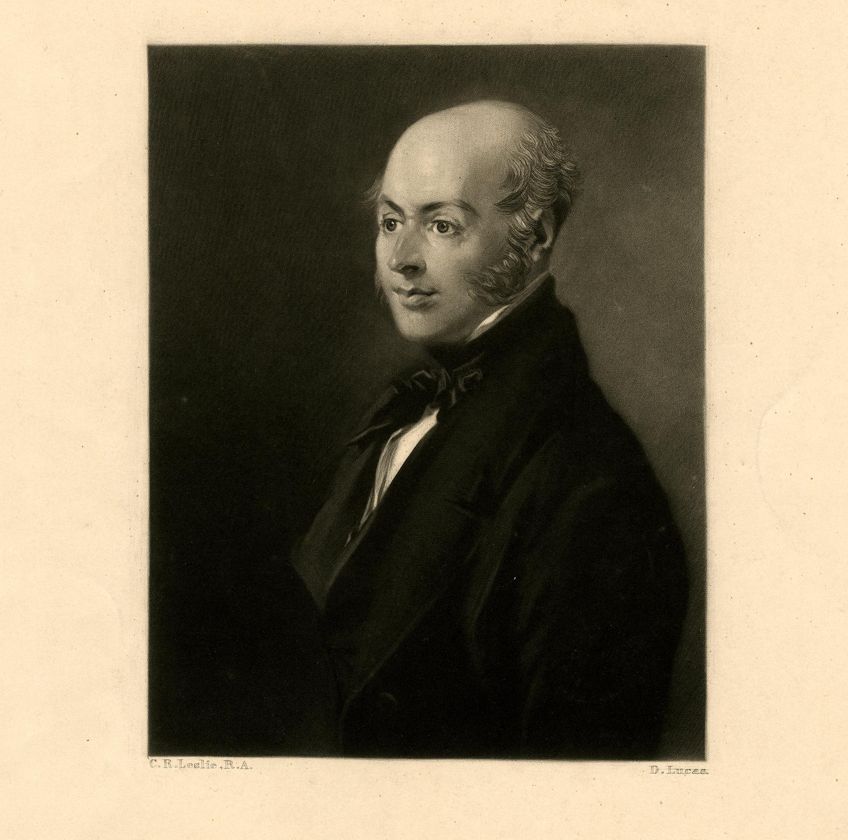
The painting initially drew acclaim at its debut at the Royal Academy exhibition in 1819. Constable’s friend, Archdeacon John Fisher, purchased it, recognizing its value and impact. It was later bought back by Constable in 1829, who cherished it for the rest of his life. The artwork itself captures a peaceful scene on the River Stour, with a white horse at the center, exemplifying Constable’s love for rural England and his exceptional ability to depict natural landscapes. Constable’s attention to detail, especially in portraying the landscape’s lush greenery and the horse’s calm presence, illustrates his profound connection to nature. His landscapes were not just visually stunning but also emotionally profound, reflecting the tranquil yet dynamic environment of the English countryside.
This emotional depth is what continues to resonate with audiences today, ensuring The White Horse remains a significant piece in art history.
Early Years in Suffolk
John Constable was born in East Bergholt, Suffolk, in 1776. He spent his youth in this rural area, which greatly influenced his love for landscapes. Growing up near the River Stour, the natural scenery inspired much of his early work. Constable’s father owned a successful corn business, which provided the family with a comfortable living. Constable initially worked in his father’s business but soon turned to painting full-time. He was mostly self-taught, honing his skills by studying the works of earlier masters and sketching directly from nature. This early connection to the Suffolk landscape became a hallmark of his work, leading to his creation of paintings that vividly captured the English countryside.

Association With the Royal Academy
In 1799, Constable moved to London to pursue formal art education at the Royal Academy of Arts. He faced several challenges but remained determined. He submitted various works for exhibitions, slowly gaining recognition. His breakthrough came in 1819 with the painting The White Horse, exhibited at the Royal Academy. This work was part of a series of large-scale landscape paintings now known as the “six-footers.” The White Horse received critical acclaim, leading to Constable’s election as an Associate of the Royal Academy. His connection with key figures like John Fisher also helped his career, providing support and encouragement.
Constable continued to exhibit at the Royal Academy and developed a unique style that emphasized natural light and rural scenes, solidifying his legacy in the art world.
Cultural and Artistic Context
The White Horse by John Constable was a product of its time, echoing the trends and debates within the art world during the early 19th century. It captures the essence of Romanticism and Naturalism, contrasting sharply with the works of Constable’s contemporary, J.M.W. Turner. Romanticism was an art movement that emphasized emotion, nature, and individualism. In The White Horse, Constable showcases his dedication to capturing the beauty of the English countryside. This painting highlights the simplicity and tranquility of rural life, which contrasted with the rapid industrialization occurring at the time.

Constable was known for his meticulous attention to detail and his ability to depict nature in a realistic manner. His work is often seen as a response to the industrial changes happening around him, showcasing a fondness for unspoiled landscapes. The lush greenery, detailed reflections in the water, and serene atmosphere in The White Horse exemplify these Romantic ideals.
Constable Versus Turner
John Constable and Joseph Mallord William Turner are often compared due to their influence on landscape painting. While Constable focused on the rural English countryside, Turner’s works were more dramatic and often included elements of industrialization and natural phenomena. Turner’s paintings, such as Rain, Steam, and Speed, depicted the powerful impact of industrialization, often using bold colors and dynamic compositions. In contrast, Constable’s The White Horse is serene and detailed, capturing the everyday beauty of nature without the turmoil of industrial elements. This contrast highlights their differing approaches: Constable’s peaceful rural scenes versus Turner’s dramatic, often tumultuous landscapes.
Their works provide a comprehensive view of the evolving artistic landscape during this period, each offering unique perspectives on nature and progress.
Artistic Analysis of The White Horse
The White Horse by John Constable, completed in 1819, is an iconic landscape painting. It stands out due to its subject matter, use of color and texture, and notable composition and technique.

Subject Matter
The subject of The White Horse is a tranquil scene on the River Stour. It captures a white horse being ferried across the river. This imagery reflects Constable’s deep connection to the English countryside. Rural life is highlighted through the daily activities of the villagers. Constable’s attention to detail reveals his love for his homeland. By focusing on a specific moment in time, he successfully conveys the serenity and simplicity of rural life.
This scene became part of his series of six-footers, large canvases depicting English landscapes.

Use of Color and Texture
Constable’s skillful use of color and texture brings the painting to life. He used oil on canvas to create different textures, from smooth water reflections to rugged tree bark. His color palette consists of muted earth tones interspersed with bright highlights, which draw attention to key elements like the white horse. The natural light in the painting appears soft and diffused, creating a sense of stillness. This effect is enhanced with delicate brushstrokes that subtly blend colors.
Contrast is evident in how the white horse stands out against the darker tones of the landscape.

Composition and Technique
The composition of The White Horse masterfully guides the viewer’s eye. Constable arranged elements to create a balanced scene, with the horse and ferry positioned slightly off-center. The horizon line is low, allowing the sky to dominate and add depth. His technique involved meticulous observation and sketching from nature. Textural variety is achieved through a combination of thick and thin paint layers. The use of impasto creates a tactile quality, while glazing adds luminosity. Constable’s work on this canvas illustrates his innovative approach to landscape painting.
By focusing on realistic representation, he pioneered techniques that would influence future generations of artists.
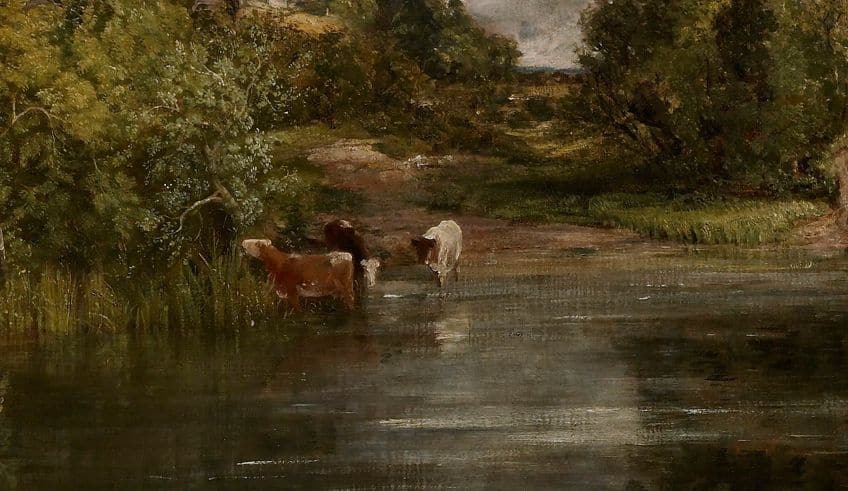
The Legacy of The White Horse
The White Horse by John Constable is a landmark piece, marking a turning point in his career and influencing both his contemporaries and later artists. It remains a celebrated work, reflecting important themes and techniques in landscape painting. The White Horse stands as a pivotal work in Constable’s career. Completed in 1819, it was his first large-scale canvas known as a “six-footer,” setting the stage for works like The Hay Wain and The Lock. This series showcased scenes from the River Stour in England, capturing the natural beauty of the countryside.
Constant exhibitions at the Royal Academy established his reputation, helping him earn the title of an Associate.
Influences and Interpretations
Constable’s depiction of rural life influenced many artists and reshaped landscape painting. The White Horse highlighted the daily life along the River Stour, emphasizing his preference for naturalism over-idealized landscapes. It was a reaction against the industrialization of England, yearning for a simpler time. Contemporary critics and artists admired his attention to detail and ability to evoke emotion, which later inspired movements like the Barbizon school and even elements of Impressionism.

Preservation and Exhibitions
Currently housed in the Frick Collection in New York City, The White Horse continues to attract art enthusiasts. The painting’s journey through various exhibitions adds to its historical prestige. The National Gallery of Art in Washington, D.C., and the National Gallery in London have also showcased it, ensuring its preservation and continued study.
These events help to underline Constable’s significant contribution to art history.
Influence of The White Horse Today
The White Horse remains relevant in the art world. Modern artists and scholars study it for its innovative techniques and emotional depth. It has appeared in numerous educational curriculums and art history courses. Contemporary exhibitions continue to feature Constable’s work, reflecting its lasting impact. Public and academic discussions often highlight its influence on modern landscape painting and its depiction of natural beauty.
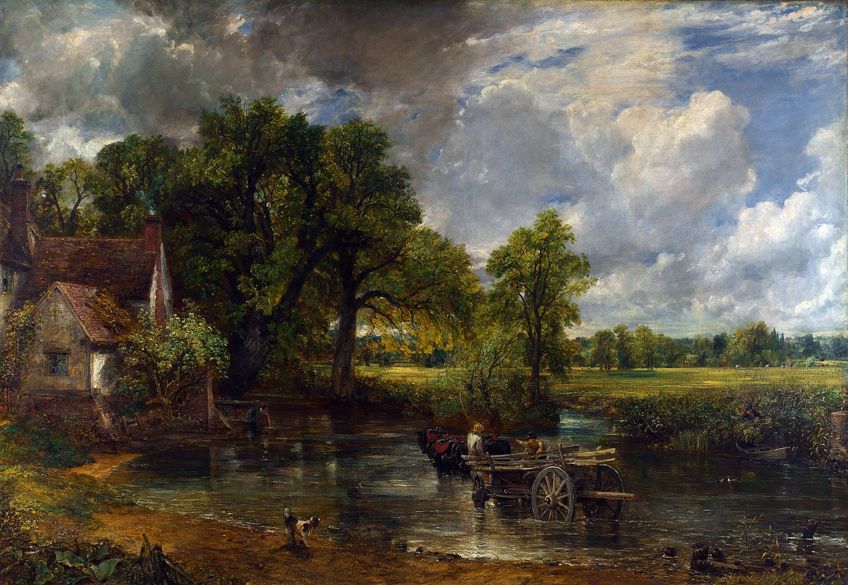
John Constable’s The White Horse not only serves as a captivating depiction of rural England but also encapsulates the artist’s profound reverence for nature and his commitment to portraying its beauty with precision and emotion. Through this masterpiece, Constable invites us to explore the harmonious relationship between man and the natural world, inviting us to appreciate the timeless allure of the countryside. As we reflect on The White Horse, we are reminded of Constable’s enduring legacy as a pioneer of landscape painting and his ability to evoke a sense of wonder and admiration for the landscapes that surround us.
Frequently Asked Questions
What Is the Historical Significance of The White Horse by John Constable?
The White Horse, completed in 1819, marked a turning point in Constable’s career. It was the first of his large-scale six-footers which depicted scenes on the River Stour. This painting helped establish his professional reputation and is part of the Frick Collection in New York City.
How Did The White Horse Influence the Romanticism Movement in Art?
John Constable’s work on The White Horse added to the Romanticism movement by focusing on nature and rural scenes. His attention to natural light, weather, and landscape fostered a deeper appreciation for the countryside. The painting emphasized the beauty and peace of the natural world, elements central to Romantic art.
What Artistic Techniques Did John Constable Employ in The White Horse?
In The White Horse, Constable employed techniques like detailed brushwork to capture natural light and textures. He used rich colors to depict the landscape accurately. The portrayal of clouds and water demonstrated his skill in representing weather conditions, making the scene come alive.
How Did The White Horse Painting Reflect John Constable’s Style and Themes?
The painting highlights Constable’s love for natural landscapes and rural life. The White Horse shows a serene and idyllic scene, reflecting his connection to the English countryside, often referred to as “Constable Country.” His focus on realism and ordinary scenes made his work relatable and admired.
Isabella studied at the University of Cape Town in South Africa and graduated with a Bachelor of Arts majoring in English Literature & Language and Psychology. Throughout her undergraduate years, she took Art History as an additional subject and absolutely loved it. Building on from her art history knowledge that began in high school, art has always been a particular area of fascination for her. From learning about artworks previously unknown to her, or sharpening her existing understanding of specific works, the ability to continue learning within this interesting sphere excites her greatly.
Her focal points of interest in art history encompass profiling specific artists and art movements, as it is these areas where she is able to really dig deep into the rich narrative of the art world. Additionally, she particularly enjoys exploring the different artistic styles of the 20th century, as well as the important impact that female artists have had on the development of art history.
Learn more about Isabella Meyer and the Art in Context Team.
Cite this Article
Isabella, Meyer, ““The White Horse” by John Constable – A Painting Analysis.” Art in Context. July 2, 2024. URL: https://artincontext.org/the-white-horse-by-john-constable/
Meyer, I. (2024, 2 July). “The White Horse” by John Constable – A Painting Analysis. Art in Context. https://artincontext.org/the-white-horse-by-john-constable/
Meyer, Isabella. ““The White Horse” by John Constable – A Painting Analysis.” Art in Context, July 2, 2024. https://artincontext.org/the-white-horse-by-john-constable/.


